
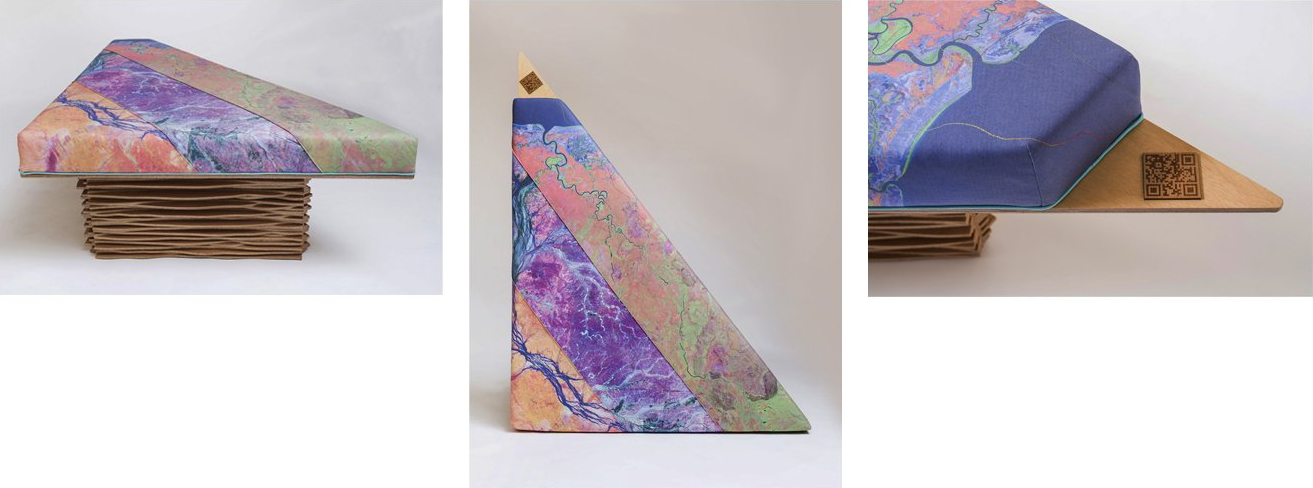
Slide title
Write your caption hereButton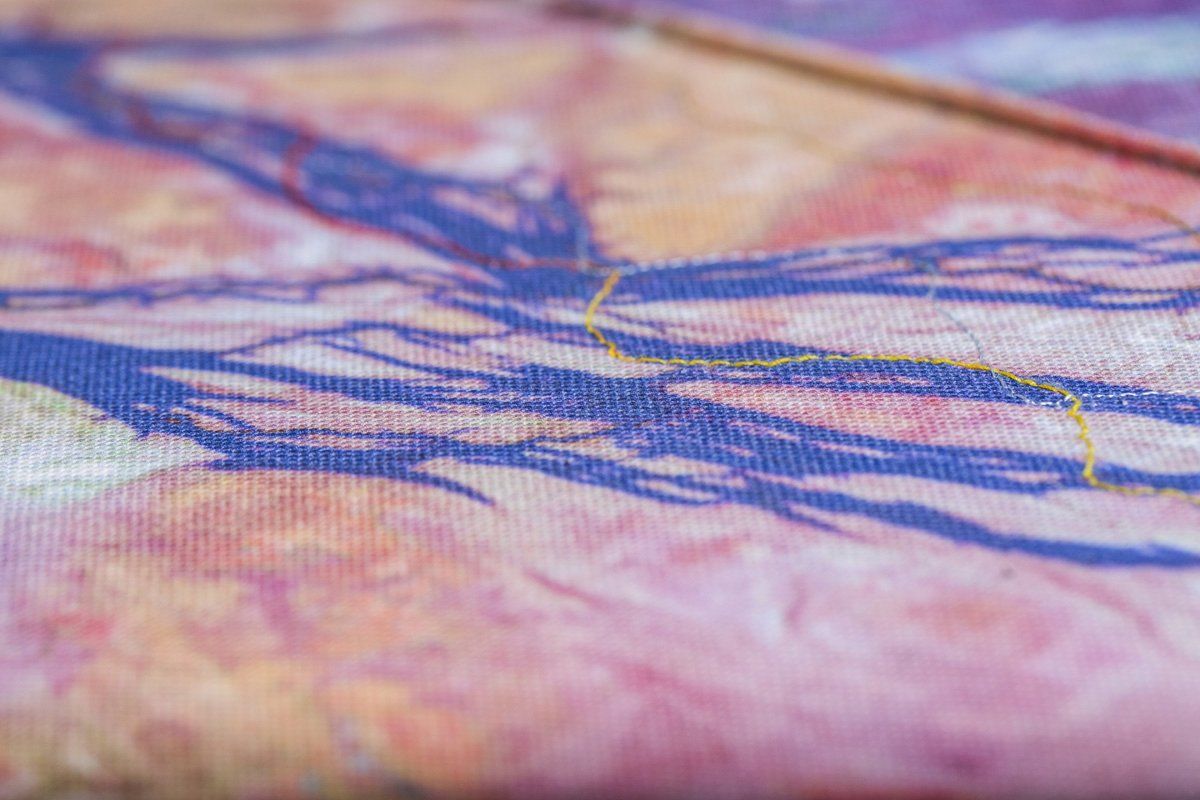
Slide title
Write your caption hereButton
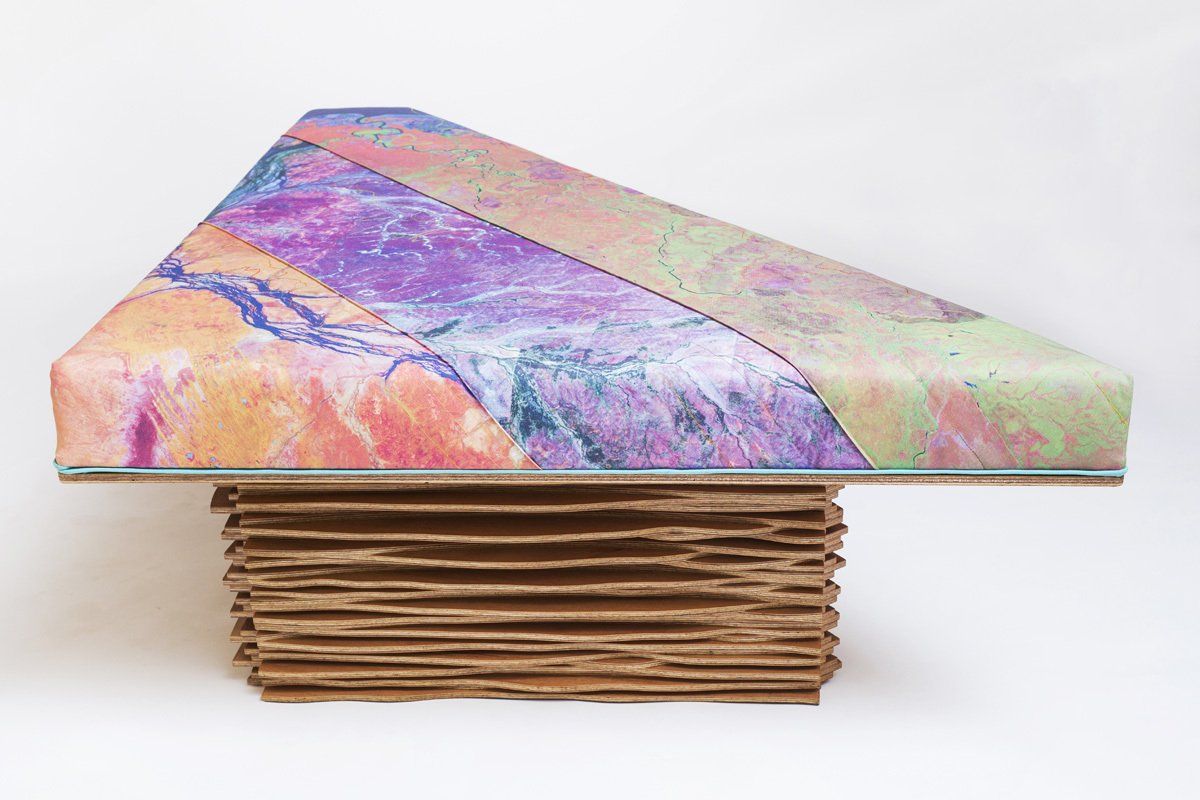
Slide title
Write your caption hereButton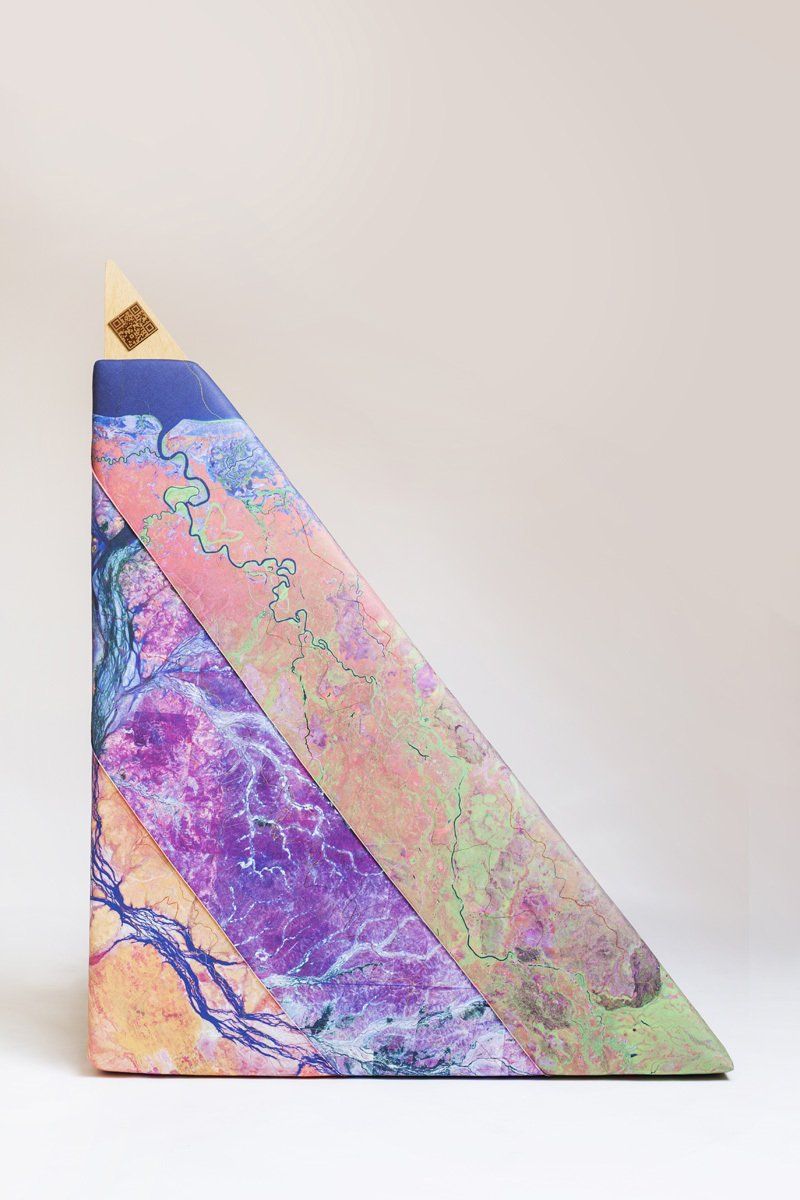
Slide title
Write your caption hereButton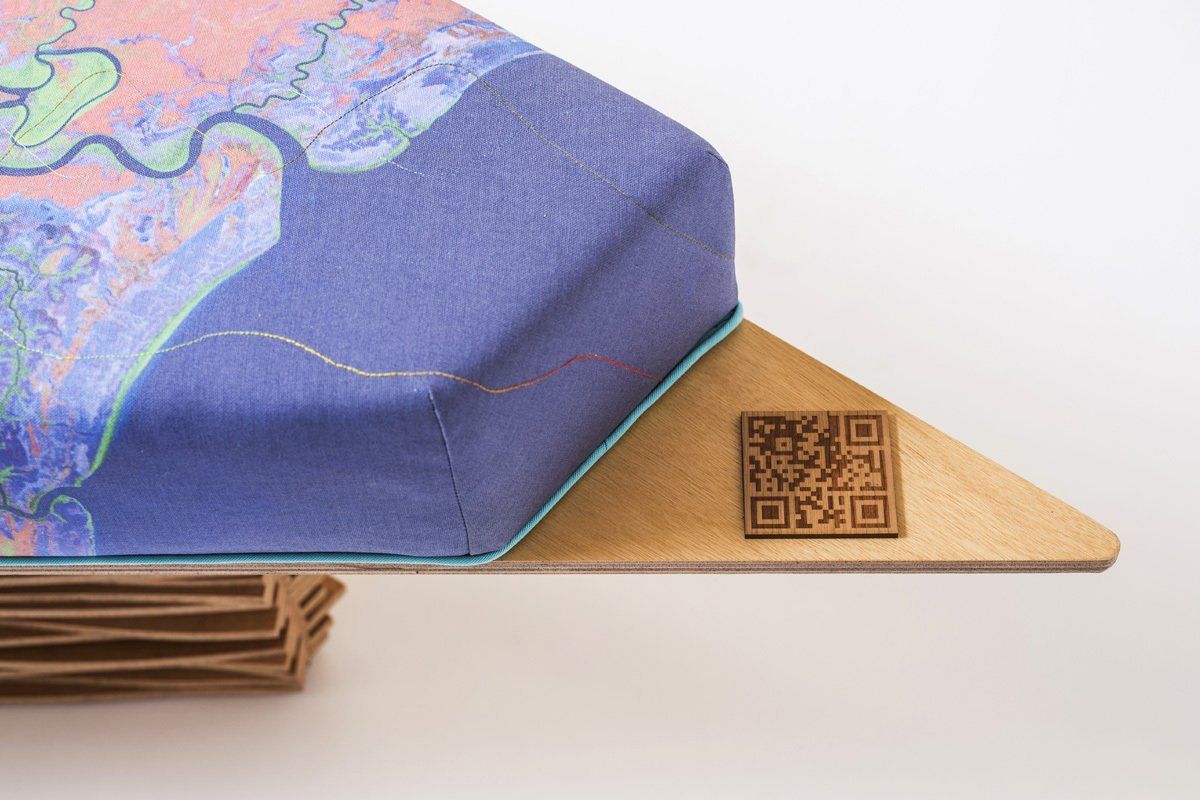
Slide title
Write your caption hereButton
Slide title
Write your caption hereButton
The Data Lounge
Jane James
This piece of furniture is constructed from the data of the Remote Sensing Centre of the Ecosciences Precinct, and it was this data which determined the form.
I worked in collaboration with the scientists during a six month Art and Science residency with a collective of artists working in the CSIRO Ecosciences.
I was interested in working with the Remote Sensing Centre for a number of reasons. I have some background knowledge in spatial information systems, and this was helpful in understanding and interpreting the work of the Remote Sensing Centre. I was also immediately captured by the intrinsic beauty of the landscape captured by Landsat, and the images resulting from the work done by the centre.
The plinth documents a decade of rainfall and fractional cover data, derived from the false colour landsat 8 satellite images that make up the seat. The plinth is made up of ten sets of stacked data layers. These ten sets each represent a single year, from 1 January 2005 to 31 December 2014.
In turn, each set has four layers, showing the percentages of bare ground, dry vegetation, green vegetation and rainfall throughout the year. The three sides of the plinth show the data layers from a location on one of the images. The same fractional cover data is visualised in embroidery on the seat. The upholstered bands of images represent the broad divisions of rainfall zones in Queensland, and the state is reflected in the form of the lounge. The lights incorporated into the piece reference the various spectral bands utilised in analysing the images.
This work has been displayed in the Asia Pacific Design Lounge of the State Library of Queensland, was a finalist in the Waterhouse Natural History Art Prize, and is currently in the collection of Museum of Queensland as part of the Museum of Lands, Mapping and Surveying through the generosity of the owner of the piece.
Studio: (by appointment only)
40 Exeter Street, Ashgrove, Qld 4060
Legal | Privacy
All Rights Reserved | Jane James Fine Artist
Website created by Saltwater Digital